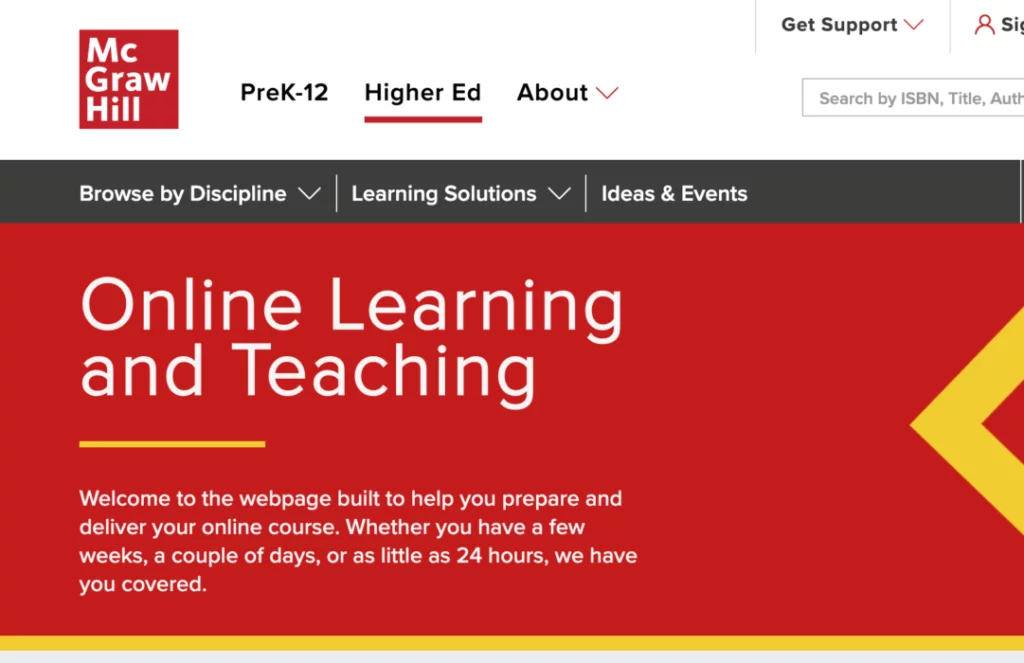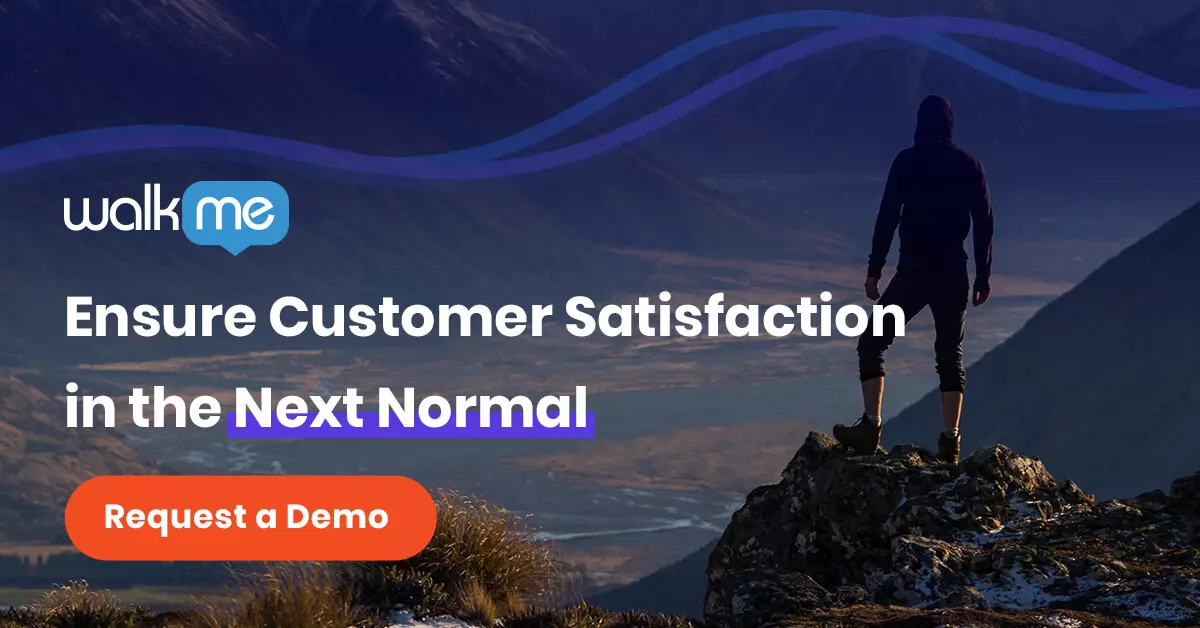COVID-19 has impacted nearly every aspect of life. In the past few months, for the millions of students around the world, it meant that their education would either be put on hold or it would have to undergo a major transformation.
Fortunately, LFH, or e-learning, was already a well-developed alternative to classroom learning. Learning Management Systems (LMS) have been used both for educational and business training purposes for years, but the sudden demand to onboard both institutions and students was unprecedented.
One learning platform, McGraw Hill, was hit by this demand storm. In just six weeks of schools being shut down across the United States, McGraw-Hill had onboarded thousands of new schools and institutions and had enabled a smooth transition for hundreds of thousands of students to learning online. Their onboarding process is powered by WalkMe, and we couldn’t be more proud to be a part of their success.

This story is not only one of crisis-response, but rather a peek into the future of education, learning platforms, and the newly forming relationship between the two.
Here’s a breakdown of the challenges faced, the solution McGraw Hill was able to provide with WalkMe, and their Digital Adoption Platform ROI.
An unparalleled educational dilemma
The world seemed to have stopped when the United States shuttered schools nationwide. Within days McGraw Hill had more new users to onboard than ever before. While some platforms were unable to accommodate the influx, McGraw Hill was ready for scale.
Many of the new instructors had never used a learning platform before. Their UX was already excellent, but they now needed to step up their support and guidance capabilities.
Getting schools onboard
McGraw Hill had and continues to have, two priorities:
- Support, engage and retain customers beyond “crisis-mode”
- Sell to and onboard new users at an unlimited pace
WalkMe enables both of these goals simultaneously. The initial initiative helps existing & new instructors learn how to use the universal features available in McGraw Hill Connect®, their web-based application.

After the success of this first release, McGraw is now developing course-specific content to ensure customers are able to optimize their experience. By this fall, the plan is to roll-out an in-app onboarding program for customers who don’t have time or access to support consultants. With WalkMe’s event tracking and in-app surveys, they can continue to better understand their users, and deliver even more value.
In only six weeks, McGraw Hill was able to onboard 7,000 U.S. higher education instructors from 1,500 institutions nationwide to help them make the emergency transition to online instruction. This has allowed more than 100,000 students to complete their spring courses online using McGraw-Hill’s Connect, ALEKS, or supported eBook platforms.
The ROI on a Digital Adoption Platform
It’s extremely important to be able to quantitatively measure the impact of a technology purchase. WalkMe prides itself on our customers being able to monitor exactly what metrics we impact and how.
WalkMe’s main metric for McGraw Hill is enabling self-service to reduce support tickets, many of which are “how-tos” for users. The second is that WalkMe will serve as another channel to promote features and engage with users, increasing their overall usage, and retention.

Learning will never be the same. Now that digital tools have been introduced to the system, especially for higher education, it’s unlikely that that class will ever go “back to normal.”
Although in-person lessons may resume, the Next Normal will clearly be a reality that fosters a more digitally enabled educational experience. For McGraw Hill, this change is definitely one that they are ready to embrace.


